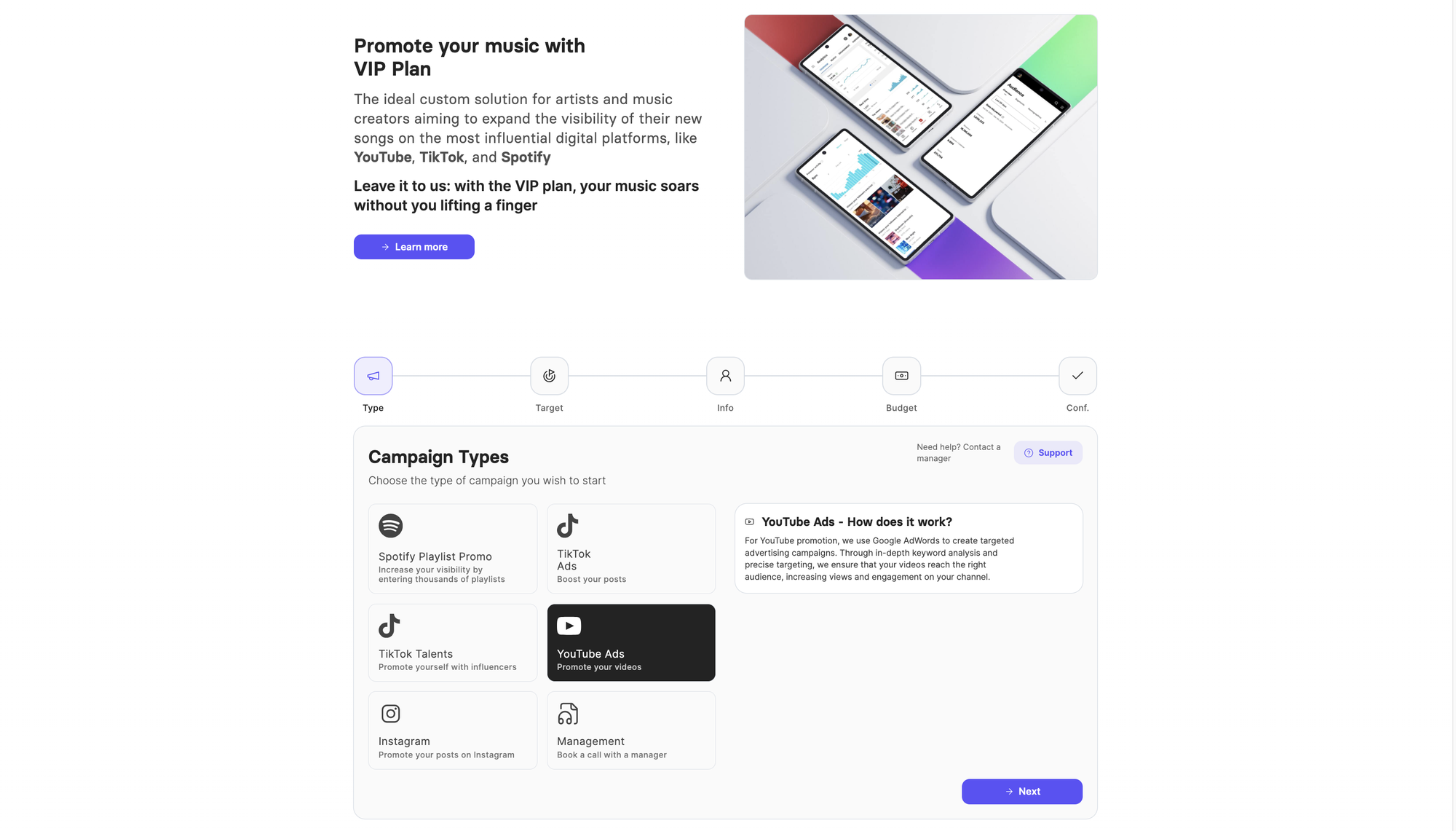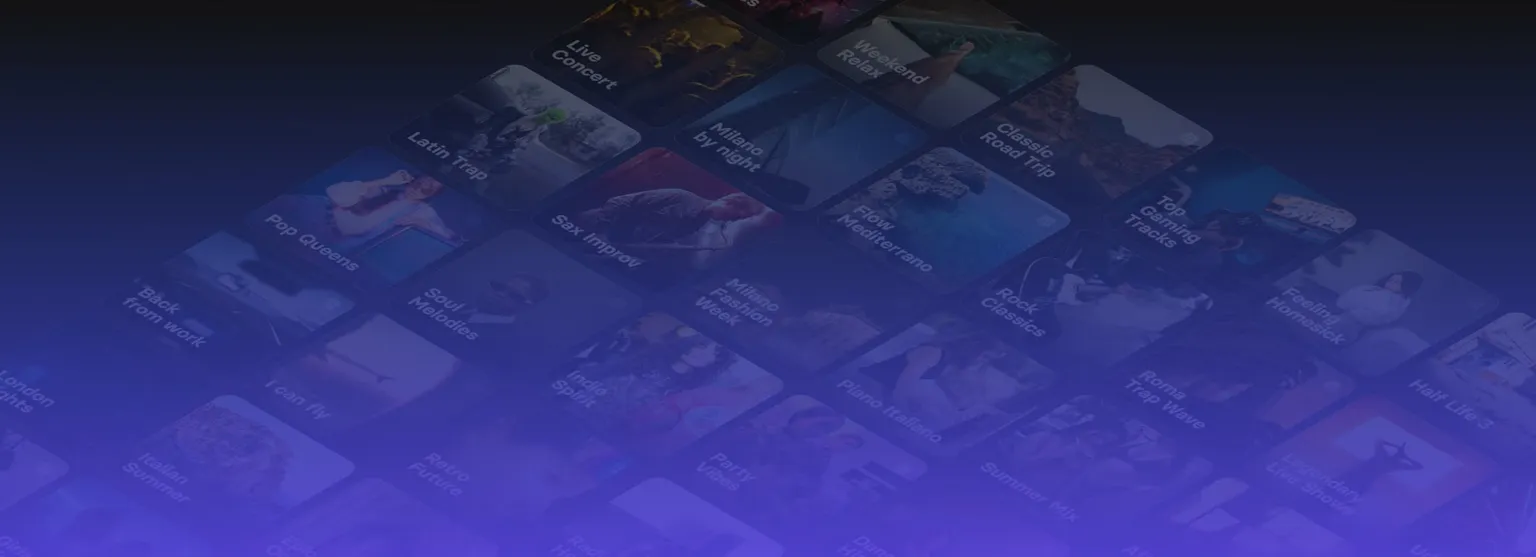How to find the perfect audience for your music: applying product-market fit to your music career

In today’s music industry, talent alone isn’t enough. Every day, thousands of new songs, albums, and creative projects are released. Platforms like Spotify, TikTok, and YouTube are overflowing with incredibly skilled artists, yet only a small fraction manage to stand out and build a loyal fan base.
Many musicians spend years perfecting their sound, mastering their instrument, studying great artists from the past, and writing heartfelt lyrics. Then comes the moment to “launch” this music into the world… and the audience’s response falls short of expectations. It’s not necessarily a matter of quality: often, the real issue is that the music isn’t being presented to the right audience in the right way.
This is not just a music problem. It’s the same trap many startups fall into: creating a great product without ensuring there’s a ready market for it. The solution? Borrow a concept from the business world: Product-Market Fit.
What is product-market fit (and why it matters for musicians)
The term originates in the startup world and refers to that magic moment when a product perfectly matches the needs and desires of its audience. In other words: when you create something so suited to your listeners that they become your promoters.
Applied to music, it’s about finding the sweet spot between who you are as an artist and what your ideal audience wants to hear. It’s not about chasing trends or losing your artistic integrity, it’s about understanding which elements of your music resonate most deeply with the people you want to reach.
To get there, you need to ask yourself some crucial questions:
- Is there real demand for the kind of music I’m making?
- Is that audience growing or shrinking?
- Who are my “competitors,” and how are they positioning themselves?
- Are there influencers, playlist curators, or media outlets supporting my genre?
- What unique value do I bring to the musical landscape?
1. Define your musical identity
The first step toward achieving Product-Market Fit is understanding exactly who you are as an artist. It might sound obvious, but many musicians release tracks without a clear sense of direction, making it harder to create a recognizable identity.
Remember: the “product” isn’t just your song or album. The product is you. People follow artists they perceive as authentic and relatable.
When a fan buys your album or attends your live show, they’re not just consuming music, they’re investing in you, your story, your values, and the emotions you convey.
Ask yourself:
- Which genres truly represent my style?
- What messages or themes do I want my songs to express?
- Which images, colors, and atmospheres match my sound?

2. Know your audience
Once you’ve clarified your artistic identity, it’s time to figure out who you’re speaking to. In marketing terms, this is your target audience, the people most likely to become loyal fans.
This is where data becomes your best friend. Tools like Spotify for Artists, YouTube Analytics and Instagram or TikTok Insights offer valuable information: your listeners’ average age, their location, the times they stream your music, even which other artists they follow.
The more you know about your audience, the better you can tailor both your music and your communication to connect with them.
For example: if you discover that most of your fans are in South America and enjoy certain rhythms, you could experiment with arrangements that draw on those influences, without abandoning your artistic core, but opening yourself to new possibilities.
Don't you know how to manage data and use them in the right way? Discover how to use them to promote your music online by reading the full article on our blog!
3. Build real relationships with your fans
Knowing who your audience is matters, but it’s not enough. You need to cultivate a real connection with them. Music isn’t just a product, it’s an emotional experience.
Social media allows you to communicate directly with your listeners. Reply to comments, ask for feedback on upcoming releases, involve them in decisions like choosing a single’s cover art. The more you make your fans part of your journey, the more invested they’ll feel in your growth as an artist.
One key point: don’t focus solely on numbers (streams, followers, likes). They’re useful indicators, but the real gold lies in deeper interactions. A heartfelt message from a fan saying your song helped them through a tough time is worth far more than a thousand anonymous plays.
With Matchfy’s VIP Plan, artists can promote their music across multiple platforms, ensuring their songs reach a more targeted and relevant audience. This approach not only increases visibility but also helps musicians connect with listeners who are genuinely interested in their style and genre, building stronger and more meaningful fan relationships.

4. Stay consistent, but not static
Once you know what works, it’s important to maintain consistency. This doesn’t mean repeating the same formula over and over, but offering something recognizable to your audience.
Consistency applies to both your sound and your image:
- Keep a cohesive visual style across cover art, videos, and social media.
- Maintain steady production quality.
- Use a consistent “brand voice” in descriptions, interviews, and posts.
Consistency builds trust. But beware: consistency is not the same as stagnation. Audiences get bored quickly. The challenge is to strike a balance between maintaining your identity and evolving your style to surprise and engage your listeners. This means listening to feedback, analyzing trends, and experimenting, all while staying true to your essence.
For independent artists, building fan loyalty is one of the most essential steps in turning casual listeners into a dedicated community, discover how to do it by reading the full article.
5. Be flexible in a rapidly changing industry
The music industry moves fast. New platforms emerge, others fade away, and musical trends can shift in a matter of months. To stay relevant, you need to be ready to adapt.
Maybe you discover that your content performs much better on TikTok than Instagram, focus your energy there. Or perhaps playlist placements aren’t driving much growth, but collaborations with other artists are boosting your reach significantly.
Flexibility doesn’t mean chasing every trend blindly; it means recognizing and seizing the right opportunities without losing sight of your artistic identity.
Conclusion
In today’s hyper-competitive music landscape, mastering your craft is only half the battle, the other half is ensuring that your music reaches the right people in the right way. This is where the concept of Product-Market Fit becomes a game-changer for artists. By aligning your artistic identity with the tastes, needs, and emotions of a clearly defined audience, you increase the chances of transforming casual listeners into dedicated fans who will actively support and promote your work.
Matchfy is a powerful ally in achieving this balance. Through its VIP Plan, it enables artists to promote their music across multiple platforms, ensuring every campaign is targeted toward the most relevant and receptive audience. This isn’t just about more streams, it’s about deeper connections.
By reaching listeners who are already aligned with your style and genre, you’re not only amplifying your visibility but also building a fan base that feels genuinely connected to your journey.

